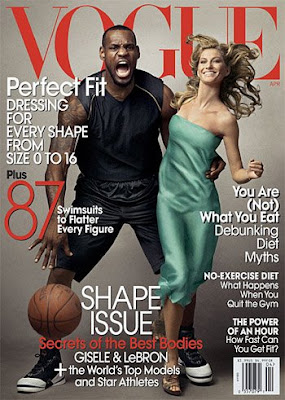In my last post I said I wanted to follow around 100 people, and now I find myself following 237, and I am not complaining.
This article jolted my apple cart: Twitter Professors: 18 People to Follow for a Real Time Education. I immediately proceeded to follow all 18. Then I realized this list had a media bias, as in this was like the Media Department at the TCC, for the most part. So I googled up the "top techies to follow on Twitter" and came up with a wonderful list: The 10 best techies worth following on Twitter | Between the Lines....
After all that school work, it was time for a coffee break, so I went ahead to this list: New York Top 1,000 Tweets. I decided to follow many of the attractive women on the list. Women are more likely to respond back on Twitter than on Facebook or Plenty Of Fish, I think. On Facebook, it is like, oh no, I don't even know this guy. On Plenty Of Fish, it is like, do I want to spend the rest of my life with this guy? I don't think so. On Twitter there is none of that pressure. And so people talk. Women talk. Not all of them. But a few.
If you can find great people to follow, Twitter becomes a whole different experience.
Let me go ahead and list the people from the first two lists.
Twitter Professors: 18 People to Follow for a Real Time Education
- @cspenn
- @JOHNABYRNE
- @jowyang
- @Kanter
- @MarketingProfs
- @chrisbrogan
- @PRsarahevans
- @missrogue
- @mediaphyter
- @jayrosen_nyu
- @laureltouby
- @Meryl333
- @shelisrael
- @2020science
- @levyj413
- @chrisheuer
- @brianstelter
- @fec139
- Harry McCracken (Editor of Technologizer)
- Padmasree Warrior (CTO at Cisco Systems)
- Dave Zatz (Digital lifestyle writer)
- Rafe Needleman (Editor of Webware)
- Jason Snell (Editorial Director of Macworld)
- Charlene Li (Author and thought leader)
- Lance Ulanoff (Editor in Chief of PCMag)
- Jeremiah Owyang (Analyst, Forrester Research)
- Paul Thurrott (Founder, Windows Supersite)
- Rob Enderle (Analyst, Enderle Group)
- Ina Fried - News.com reporter
- Abbie Lundberg - Former editor of CIO magazine
- Matt Cutts - Google engineer
- Danah Boyd - Academic/researcher in new media
- Ryan Block - Former editor of Engadget
- John C Dvorak - Legendary tech pundit
- Tom Merritt - Host of Buzz Out Loud
- Guy Kawasaki - Venture Capitalist
- Sarah Lacy - Silicon Valley writer/reporter
- Michael Arrington - TechCrunch founder/blogger
- Sascha Segan - Mobile writer for PCMag
- Veronica Belmont - Revision 3 host
- Leo Laporte - Host of This Week in Tech
- Molly Wood - CNET TV host
- Om Malik - Founder of GigaOm
- Natali Del Conte - CNET TV host
- Jason Calacanis - Founder of Mahalo
- Robert Scoble - Fast Company blogger
- Kevin Rose - Founder of Digg
http://twitter.com/jobsworth/status/1218148520
http://twitter.com/levyj413/status/1217931176
http://twitter.com/shelisrael/status/1217776431
http://twitter.com/Colleen84/status/1217750375
http://twitter.com/fec139/status/1217609070
http://twitter.com/shelisrael/status/1217490648
http://twitter.com/shelisrael/status/1217268185
http://twitter.com/mriggen/status/1217240254
http://twitter.com/mediaphyter/status/1217194099
http://twitter.com/jobsworth/status/1216881893
Some of the professors started talking back right away. And these are busy people.
And my followers' count has gone up to 107. I think it was 70 before I enrolled at the Community College. I am calling it community college because I am glad the word community is in there.









